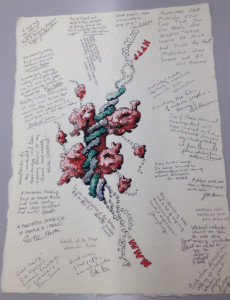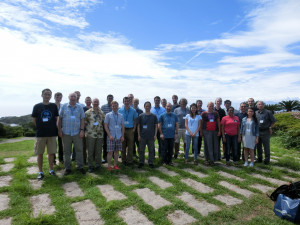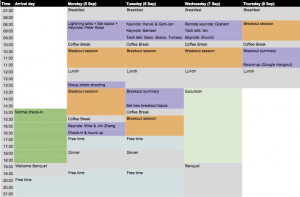Since the official Dropbox is non-permanent and we cannot add to it, we have set up a Google account for photo sharing. In order to make the photo sharing internal to this meeting the details on where to find the photos are given on this protected page .
Here is our visual Shonan Meeting summary with the great drawing from Christian.

Today we received our group photo. It will also be shown on the Shonan meeting web site.

We have uploaded the excursion program.
The excursion starts at 13:30 and returns at around 20:30.
The meeting point for the excursion is the hotel entrance.
The twitter hashtag for the meeting is #wmg16 .
We have started a page that collects the talks, topics and results from breakout groups. To avoid clutter, the page has meanwhile been split into separate pieces for keynote talks and breakout groups.
The password has been announced in the meeting.
Shonan Village Center, September 5-8, 2016
(Check-in: night before, September 4, 2016)


